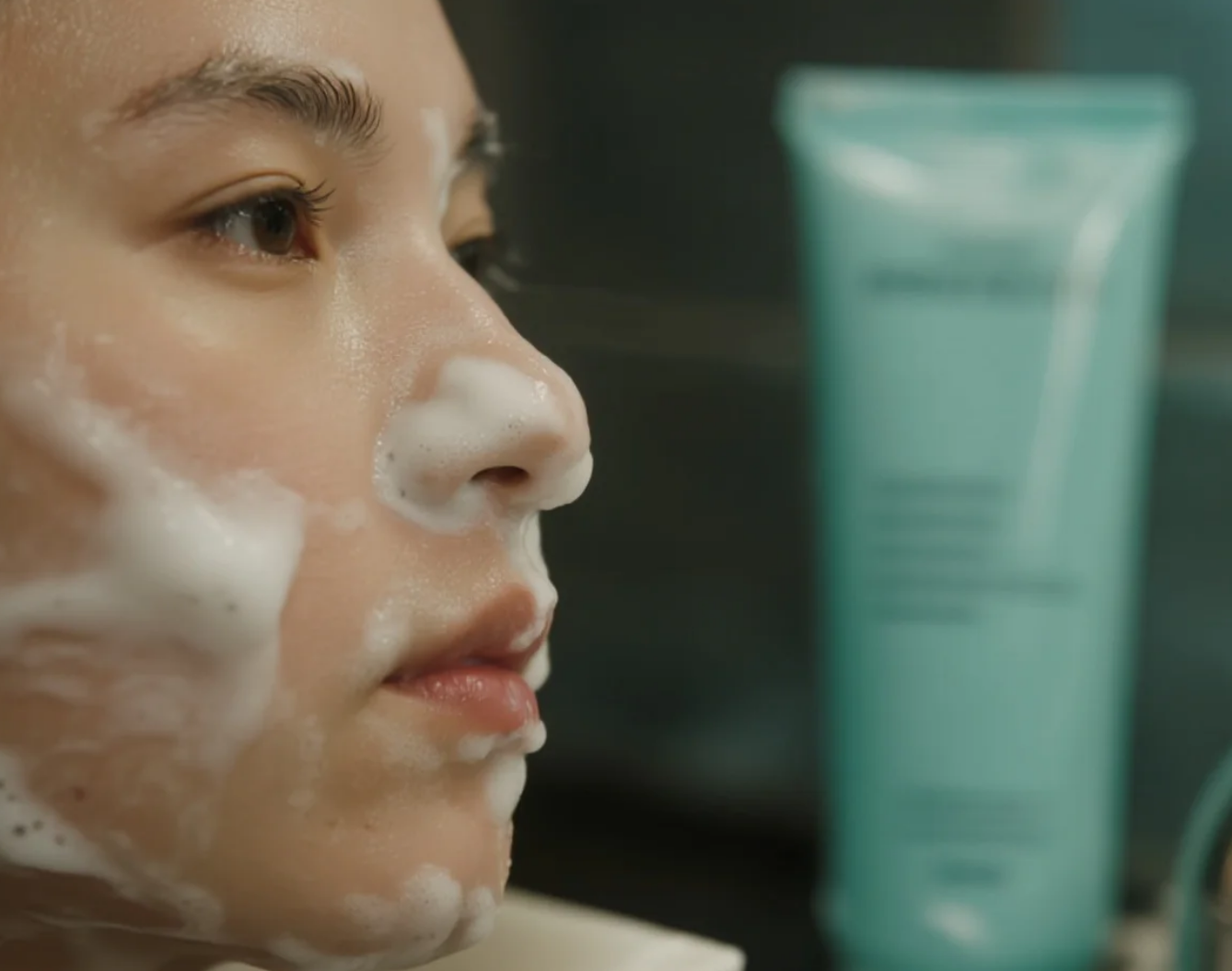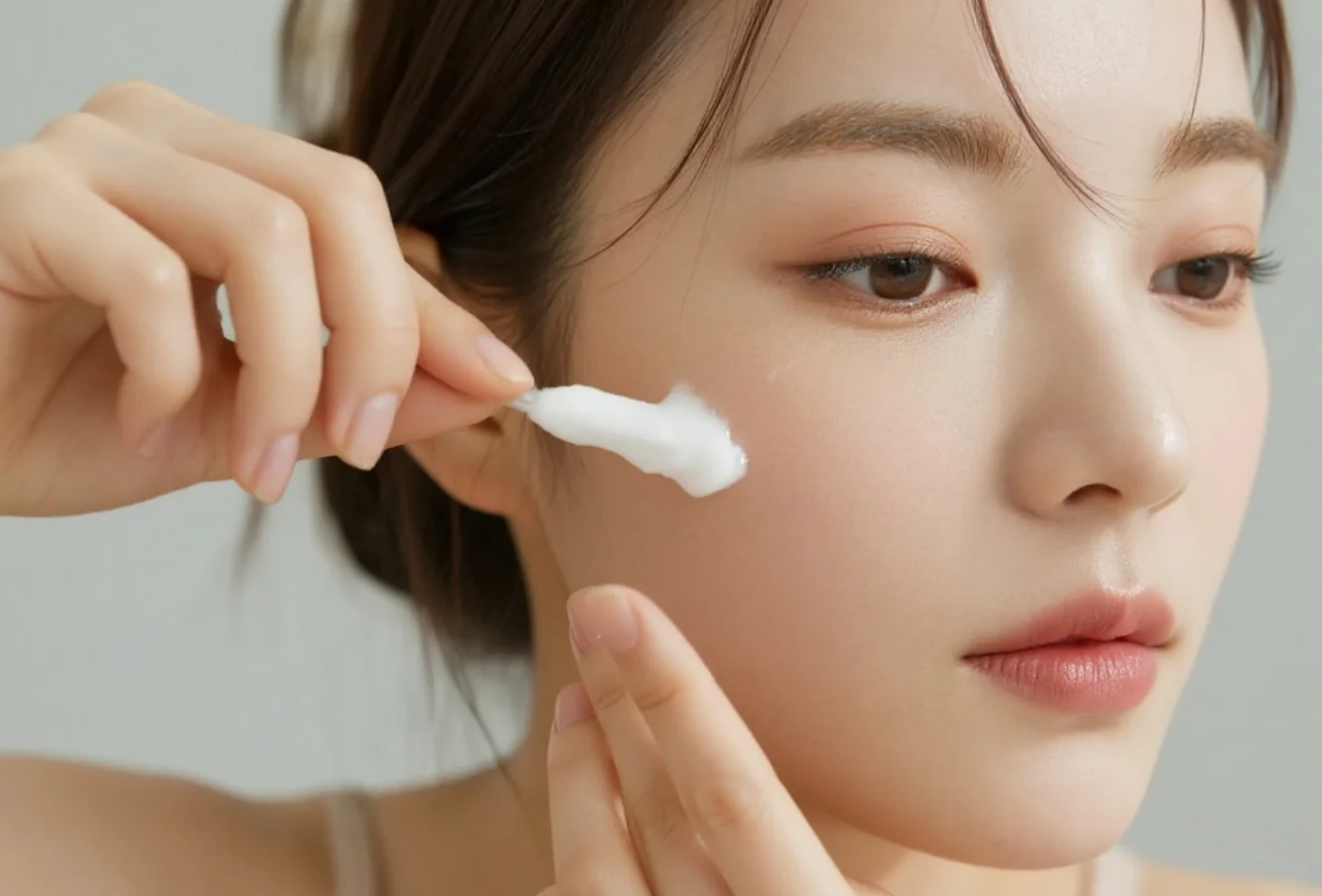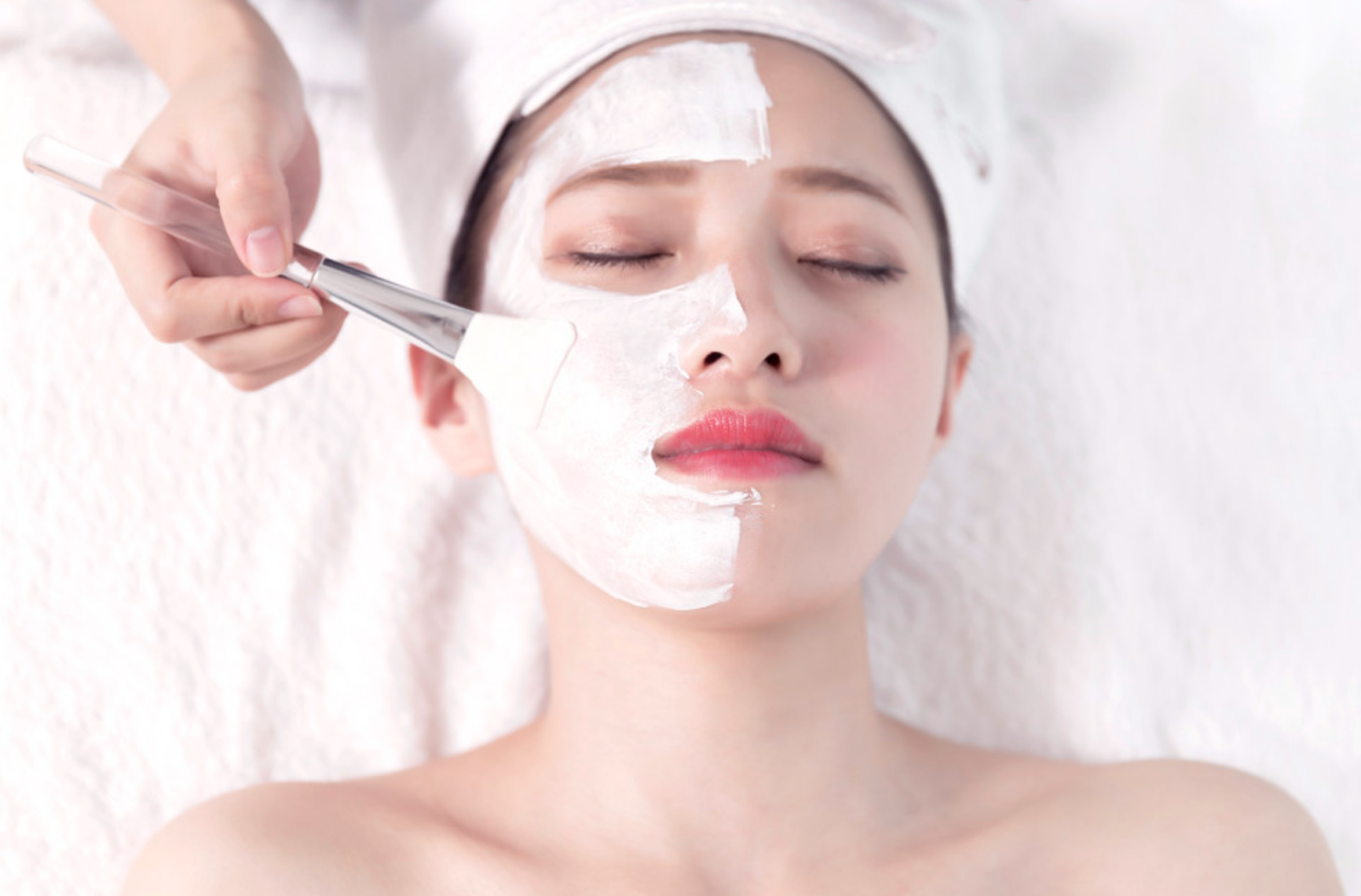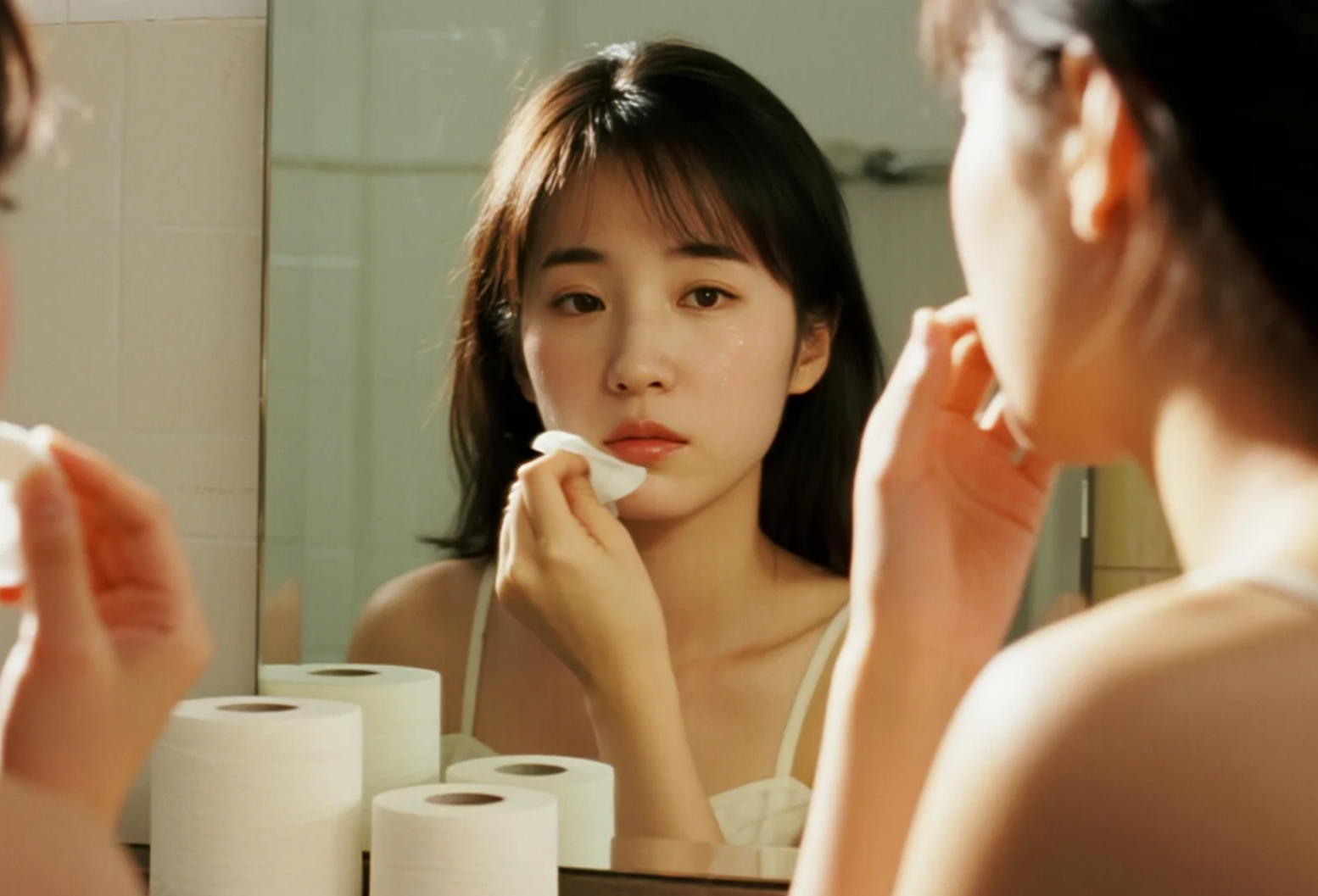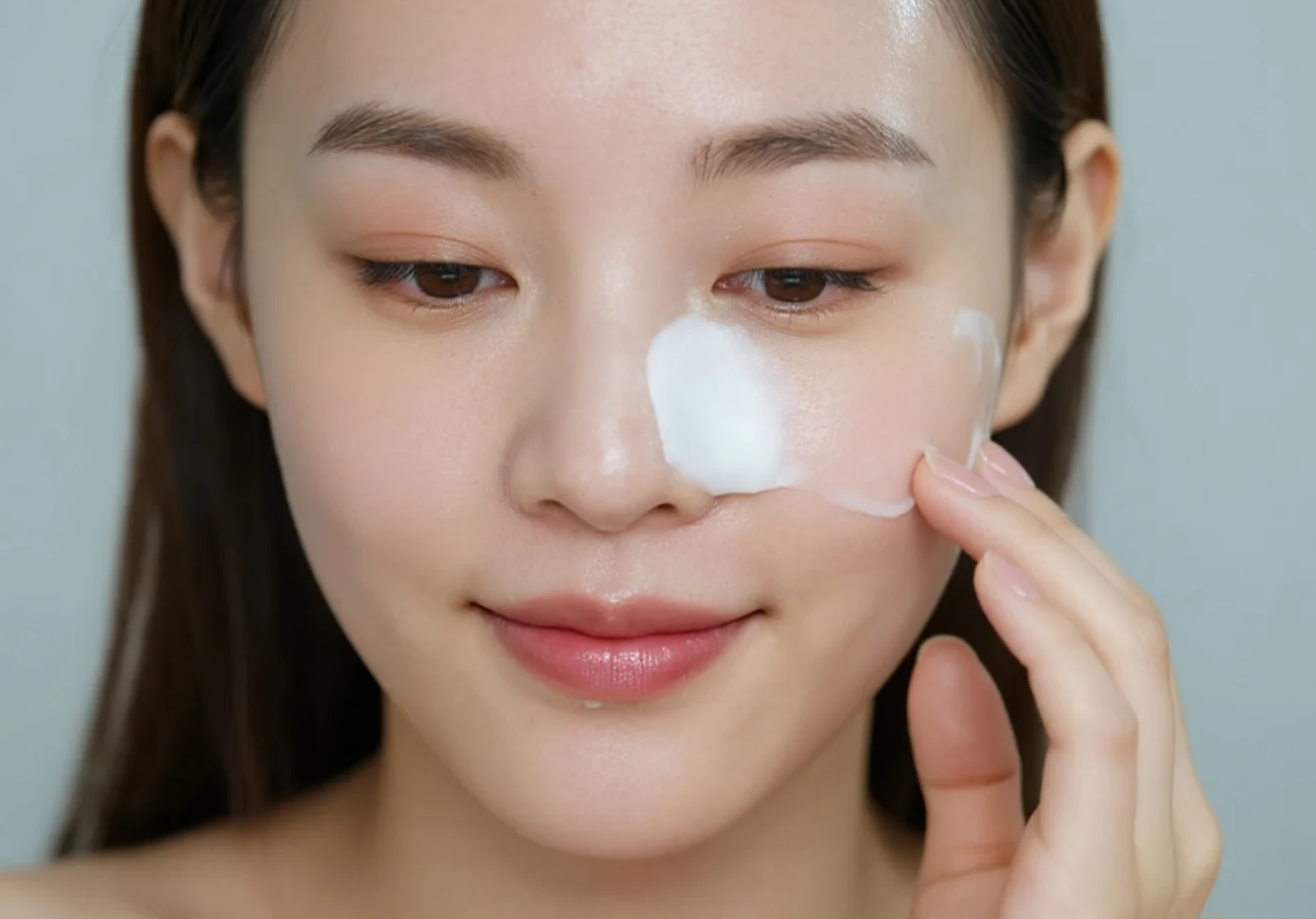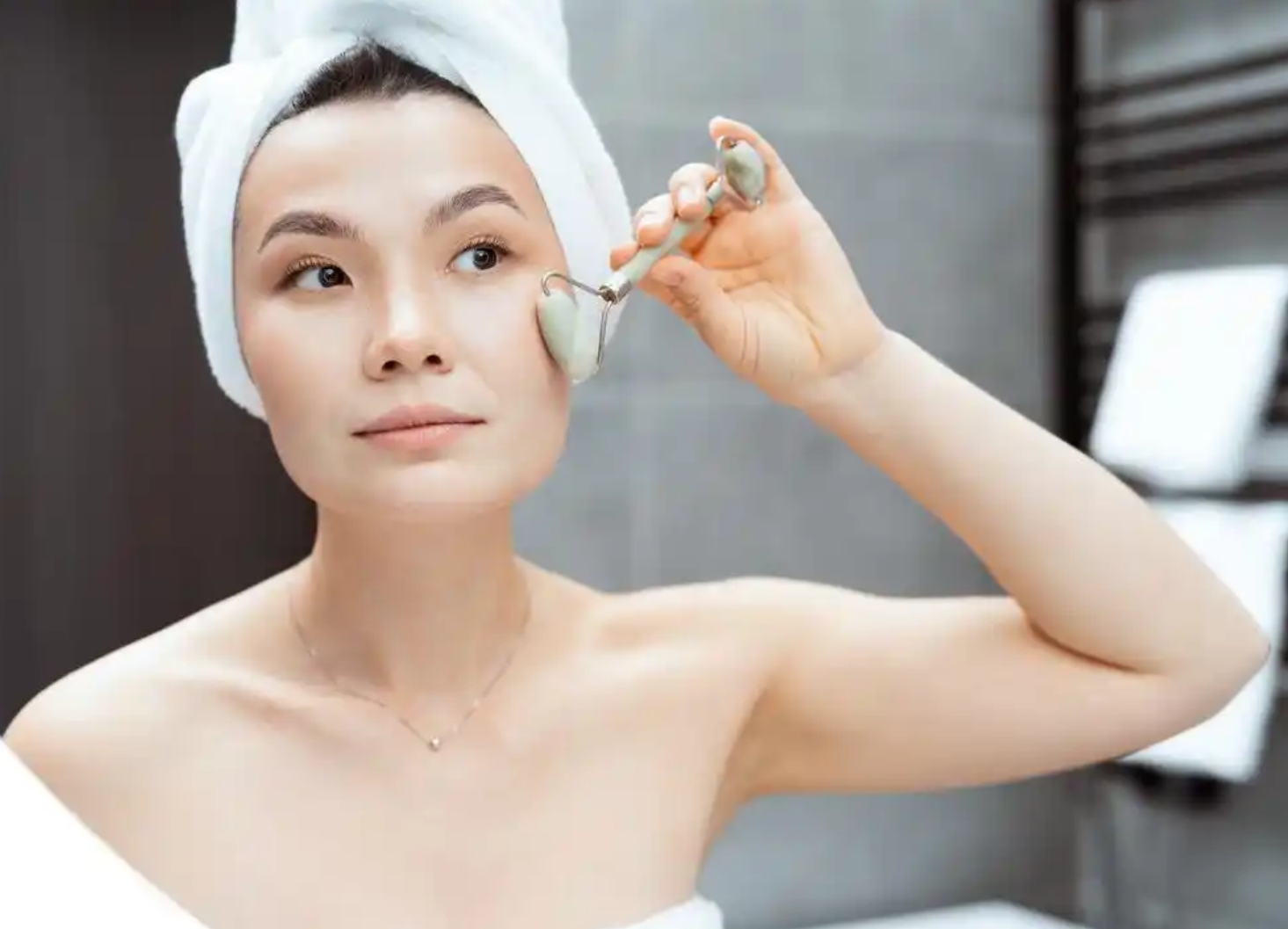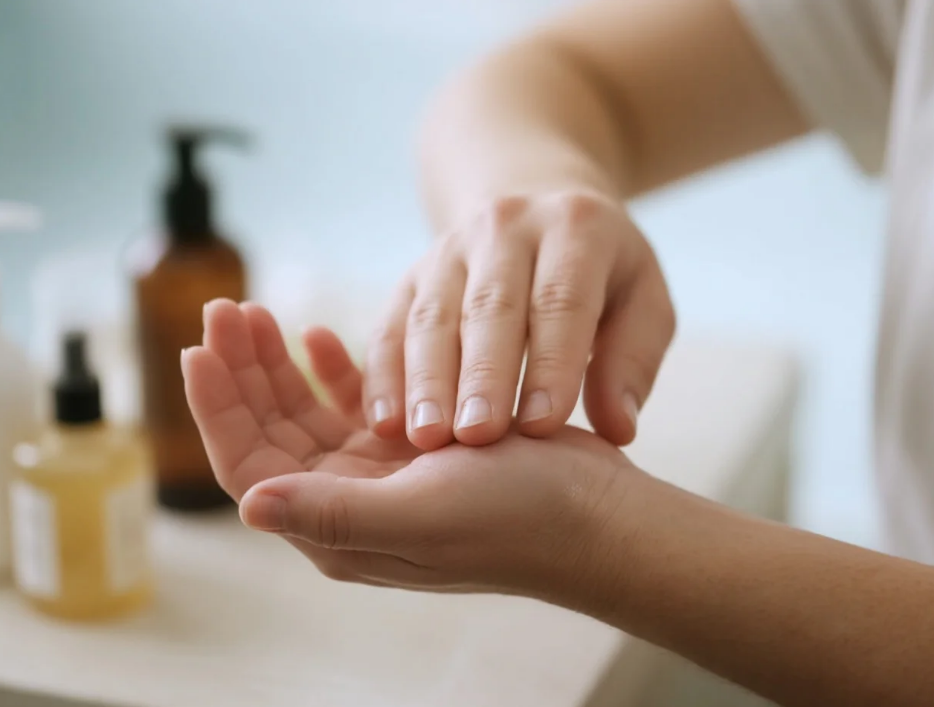A Complete Guide to Layering Skincare Products: Which Products Can Be Mixed?
In daily skincare, the order and number of layers you apply skincare products directly impact their effectiveness. Many people believe that the more skincare products you use, the better, and that your skin will be more hydrated. However, layering isn't always the same; the key to optimal skin is a proper, scientific layering order and combination. This article will provide a detailed analysis of the correct layering order and which products can be combined, helping you streamline your skincare routine and achieve healthy, beautiful skin.
The first step in skincare is always cleansing. Whether morning or night, thorough yet gentle cleansing is the foundation of skincare. In the morning, the main goal is to remove overnight sebum and metabolic waste. In the evening, you should first remove makeup, then use a cleanser to remove a day's worth of dirt and sunscreen residue. After cleansing, skin is slightly damp, which is the optimal window for skincare product absorption and helps subsequent products penetrate better.
After cleansing, the first layer of skincare is usually toner, also known as lotion. Toner's primary function is to secondary cleanse, hydrate, and regulate the skin's pH balance, helping it better prepare for subsequent nourishment. Apply an appropriate amount to the palm of your hand or a cotton pad and gently pat until absorbed. Toner formulas vary for different skin types. Sensitive skin should opt for an alcohol-free, non-irritating formula, while dry skin can opt for a more hydrating formula. Although light and lightweight, toner is essential; it serves as a crucial link in the skincare layering process.
Next comes the core component of skincare: serum. Serums contain high concentrations of active ingredients that effectively target specific skin concerns, such as moisturizing, brightening, and anti-aging. The choice and dosage of serum should be tailored to your individual skin condition. Avoid applying too much at once; 1-2 drops of each serum is sufficient. If layering serums with different benefits, it's recommended to wait 1-2 minutes between each layer to allow them to absorb before applying the next to avoid ingredient clashes or over-applying. Common serum ingredients include retinol (anti-aging), hyaluronic acid (moisturizing), vitamin C, and niacinamide (brightening). Proper use of serums is key to achieving optimal skincare results.
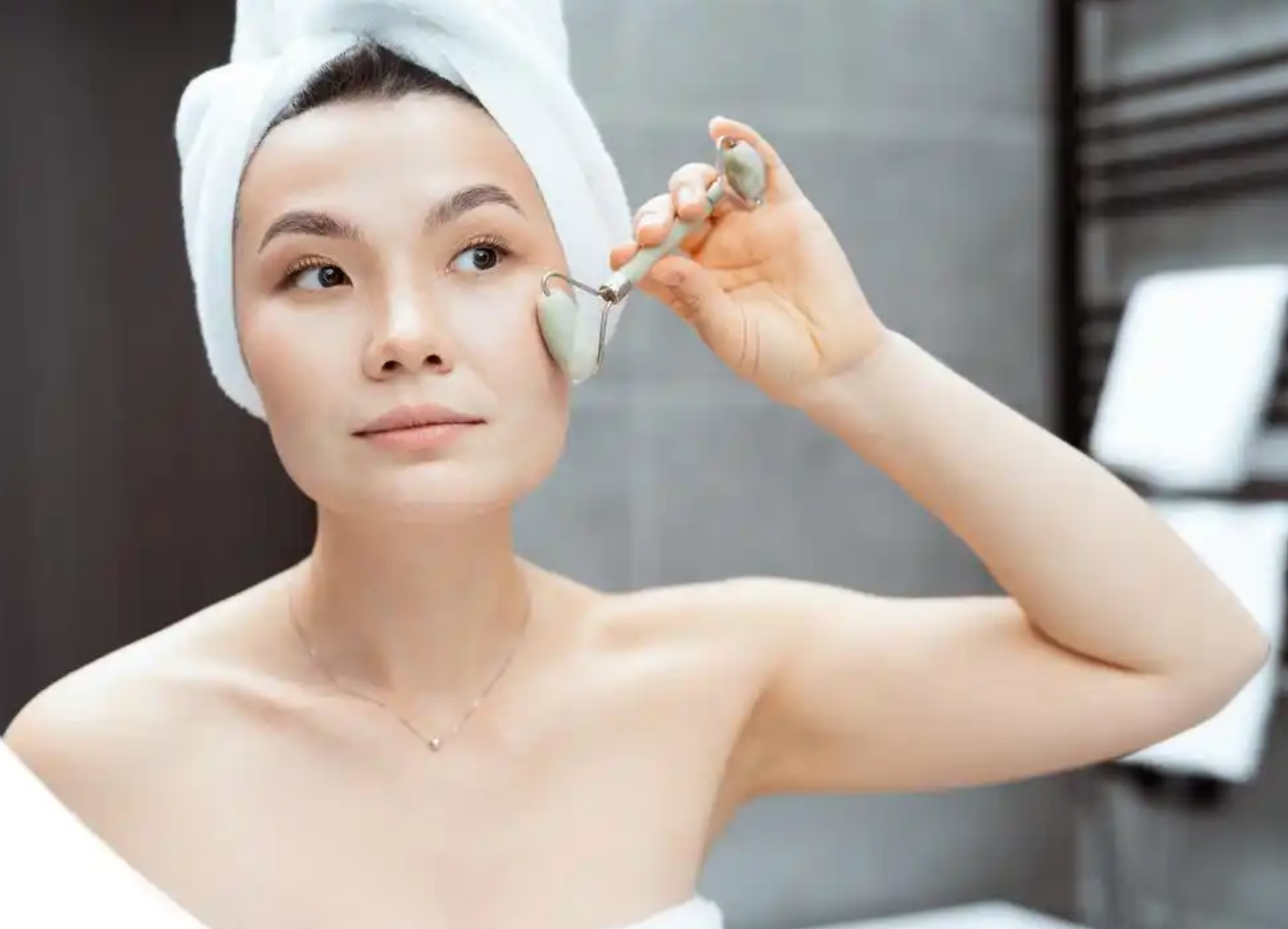 The delicate skin around the eyes often overlooks special care. Eye cream, a product specifically designed for the eye area, features a lightweight, gentle formula that can improve fine lines, dark circles, and eye bags. Use only a rice-grain-sized amount and gently dab it around the eye area with your ring finger to avoid pulling or sagging the skin. Eye cream is typically applied after serum and before face cream. It can be layered with other skincare products without hindering absorption, making it an essential step in your skincare routine.
The delicate skin around the eyes often overlooks special care. Eye cream, a product specifically designed for the eye area, features a lightweight, gentle formula that can improve fine lines, dark circles, and eye bags. Use only a rice-grain-sized amount and gently dab it around the eye area with your ring finger to avoid pulling or sagging the skin. Eye cream is typically applied after serum and before face cream. It can be layered with other skincare products without hindering absorption, making it an essential step in your skincare routine.
Lotions or creams are the final layer of hydration in your skincare routine. They seal in the moisture and nutrients applied previously, repairing the skin barrier and preventing moisture loss. Different skin types require different textures. Dry skin can choose creams with moisturizing ingredients like ceramides and shea butter, while oily skin can opt for light, refreshing lotions to reduce greasiness. Lotions or creams are a heavier layer in your skincare routine and should be placed last among other lightweight products to avoid blocking absorption.
The final step in your daytime skincare regimen should never be overlooked: sunscreen. Sunscreen not only effectively blocks UV damage, reducing the risk of dark spots, sunburn, and photoaging, but also protects skin health. Apply sunscreen evenly, about a dime-sized amount (1-2 ml), to cover the entire face. For those with sensitive skin, physical sunscreens such as zinc oxide or titanium dioxide are recommended, as they are mild and stable. When outdoors, reapply sunscreen every 2-3 hours to ensure continuous protection.
Regarding layering skincare products, the principle is to "work from light to heavy." Avoid applying heavy products before light ones to prevent them from hindering absorption. Generally speaking, toner, serum, and eye cream can be layered freely, and they can complement each other to achieve different benefits. However, consider the compatibility of serum ingredients, avoiding the irritation caused by the simultaneous use of high-concentration acids and certain vitamins. Lotions and creams are the final step to lock in moisture and cover the nutrients provided by previous treatments.
While layering skincare products is acceptable, more doesn't necessarily mean better. Different seasons and skin conditions require adjustments to your skincare routine. During the summer, when your skin is oilier, you can simplify your routine and reduce the amount of cream you use. During the dry winter months, you can increase your moisturizing serum and hydrating cream. Those with sensitive skin should be especially careful to choose mild ingredients and avoid stacking irritating products. Over-layering not only burdens the skin but can also cause discomfort and allergies.
Nighttime skincare is slightly more complex than daytime. In addition to cleansing, toning, serum, eye cream, and face cream, you should also first remove makeup to remove any residual makeup and sunscreen, ensuring your skin is thoroughly clean. Face masks can be used 2-3 times a week as needed to provide additional moisture and nutrients. Nighttime creams are generally more hydrating and can be combined with restorative sleeping masks for enhanced skin repair.
In summary, the ideal order for layering skincare products is: cleansing → toner → serum → eye cream → lotion/face cream → sunscreen (for daytime). Each layer should be applied appropriately and evenly, allowing time for absorption before moving on to the next. By following the principle of "from light to heavy," adjusting the number of layers and product formulas to suit your skin's needs, you can ensure your skin receives sufficient nutrients while avoiding overloading it. Layering skincare products isn't just a matter of adding them together; it's a scientific process that prioritizes ingredient compatibility and absorption efficiency. Mastering these techniques ensures your skin receives the nourishment and protection it deserves, revealing a healthy glow.
